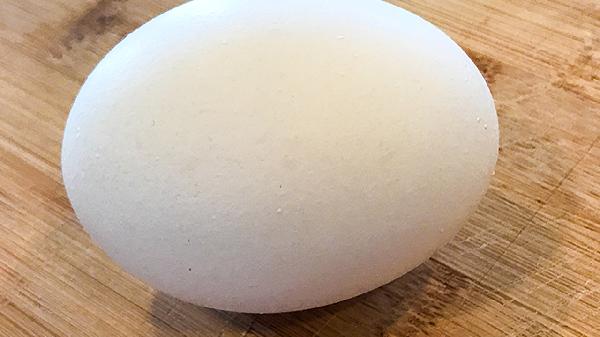Absolutely, you can handle this 30-day sprinting challenge—and it’s going to transform your stamina and torch fat like nobody’s business. Sprinting is one of the most efficient ways to boost cardiovascular fitness, build explosive power, and shed unwanted pounds. Whether you’re a seasoned runner or a newbie, this challenge is designed to push you just enough to see results without overwhelming you. By the end of 30 days, you’ll feel stronger, faster, and more energized than ever. Ready to lace up those sneakers? Let’s dive in.

Sprinting isn’t just about running fast—it’s a full-body workout that engages your muscles, heart, and lungs in a way that steady-state cardio simply can’t match. When you sprint, your body burns calories at an accelerated rate, and the afterburn effect (also known as EPOC) keeps your metabolism revved up long after you’ve finished. Plus, sprinting builds lean muscle, especially in your legs and core, which helps you burn fat even when you’re at rest. It’s a win-win for anyone looking to get fit fast.
Before you hit the track or treadmill, it’s important to nail the basics. Start with a proper warm-up to get your muscles ready and reduce the risk of injury. Dynamic stretches like leg swings, high knees, and lunges are perfect for prepping your body. When you sprint, focus on good form: keep your chest up, arms pumping, and feet landing softly. Don’t worry about speed at first—focus on building consistency and endurance. And remember, recovery is key. Give your body time to rest and rebuild between sprint sessions.
This challenge is designed to gradually increase in intensity, so you’ll start strong and finish even stronger. Here’s the plan:
Week 1: Building the Foundation Start with 3 sprint sessions per week. Each session includes 5-6 sprints of 20-30 seconds at 70-80% effort, with 1-2 minutes of walking or light jogging in between. Focus on form and getting comfortable with the intensity.
Week 2: Turning Up the Heat Increase to 4 sprint sessions per week. Add 1-2 more sprints per session, aiming for 30-40 seconds at 80-90% effort. Reduce your rest time to 45-60 seconds of walking or jogging.
Week 3: Pushing Your Limits Stick with 4 sessions but bump up the intensity. Sprint for 40-50 seconds at 90% effort, with only 30-45 seconds of rest. This is where you’ll start to see serious progress in your stamina and speed.
Week 4: Going All Out Finish strong with 4-5 sessions per week. Sprint for 50-60 seconds at maximum effort, with 30 seconds of rest. By now, your body will be conditioned to handle the challenge, and you’ll feel like a total badass.
Sprinting is intense, so you’ll need to fuel your body properly to perform at your best. Focus on a balanced diet rich in lean protein, complex carbs, and healthy fats. Before a sprint session, opt for easily digestible carbs like a banana or a slice of toast with peanut butter. Post-sprint, refuel with protein and carbs to help your muscles recover—think a smoothie with Greek yogurt and berries or a chicken and quinoa bowl. And don’t forget to stay hydrated! Water is your best friend during this challenge.
Even seasoned athletes can make mistakes when sprinting. One common error is going too hard too soon, which can lead to burnout or injury. Stick to the plan and listen to your body. Another mistake is neglecting recovery. Your muscles need time to repair and grow stronger, so don’t skip rest days or skimp on sleep. Lastly, avoid poor form. Slouching or overstriding can lead to discomfort and inefficiency. Keep your posture tall and your strides controlled.
One of the best ways to stay motivated is to track your progress. Use a journal or an app to log your sprint times, distances, and how you feel after each session. Over the 30 days, you’ll likely notice improvements in your speed, endurance, and overall fitness. Take before-and-after photos or measurements to see the physical changes, too. Celebrating small wins along the way will keep you motivated to crush the next session.
By the end of this challenge, you’ll be amazed at how far you’ve come. Your stamina will be through the roof, your body will feel leaner and stronger, and you’ll have a newfound confidence in your fitness abilities. But don’t stop there—sprinting is a habit worth keeping. Whether you continue with this routine or mix it into your regular workouts, you’ll reap the benefits for years to come. So, are you ready to sprint your way to a fitter, faster you? Let’s get moving!
























